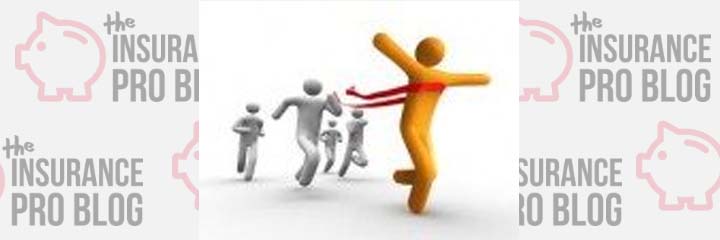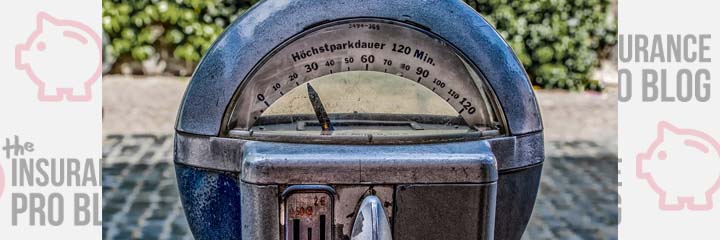Last week we revealed results of our 10 pay whole life comparison for cash surrender value and this week we have the results comparing the death benefits of various 10 pay whole life products.
The comparison uses data collected from the same policy proposals used in the cash value comparison. Male and female ages 45 and 55 with preferred risk class. Internal rate of return is calculated on the premium derived using a $1,000,000 initial death benefit.










